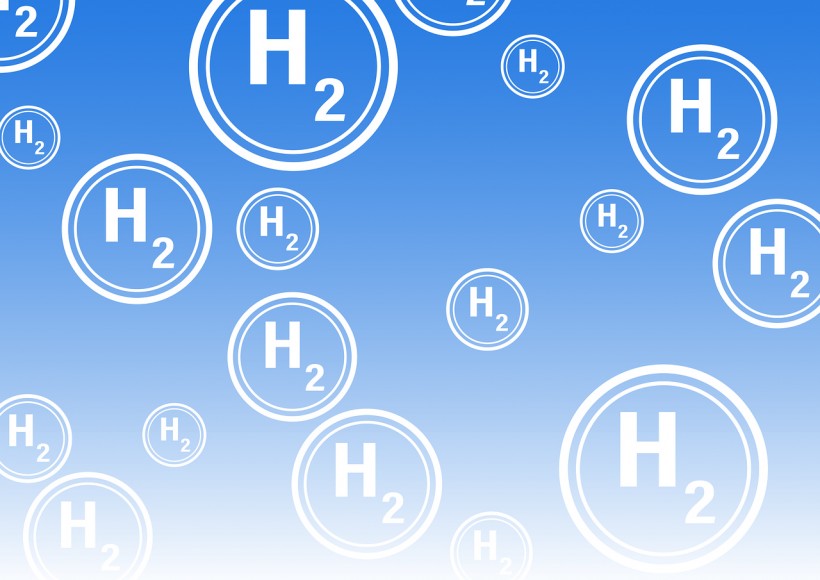Hydrogen's primary advantage is its capacity to store energy to be used when needed, particularly during periods of low sunlight, making it a better alternative to fossil fuels. Fredrik Mowill, CEO of Hystar, emphasized the importance of green hydrogen in increasing renewable electricity use since batteries are insufficient to stabilize energy supply and demand.
Now, Wired reports that Western Australia's Pilbara region is erecting a large solar panel and battery installation that will generate enough electricity to fuel a 10MW electrolyzer, which will convert water into hydrogen that could be used for crop growth rather than transportation.

Green Hydrogen Being Used to Produce Fertilizer to Grow Crops in Australia
Australia's Yuri Project
The Yuri Project, a collaboration between Yara, Engie, and Mitsui & Co., is using green hydrogen to produce ammonia for fertilizer production. While hydrogen-fueled transportation has been the focus of the conversation around fuel, the shift and broadening of the discussion in recent years have seen more industries exploring its potential to decarbonize carbon-intensive industrial processes and sectors.
The production of ammonia for fertilizer currently contributes around 0.8% of global greenhouse gas emissions, with the industry's consumption of hydrogen currently produced from natural gas or coal generating significant emissions.
Green hydrogen, produced by splitting water into hydrogen and oxygen using renewable electricity via electrolysis, generates zero emissions. Yara, the world's largest ammonia producer, sees the potential of green ammonia and is excited to make the transition to sustainable and clean production.
The falling cost of renewable energy, such as wind and solar, has brought green hydrogen within economic reach for a significant range of potential applications. While hydrogen-fueled passenger transport has received a disproportionate amount of attention, Mowill believes large-scale industrial applications, like the Yuri Project, will really drive demand.
Another industry with a keen interest in green hydrogen is freight transport, which currently relies on diesel-fueled trucks that take a major cut out of the carbon budget. Electric trucks are not yet viable for long-haul or heavy-load transport, but hydrogen-powered fuel cell trucks could offer a decarbonized alternative.
The Sun Metals zinc refinery in Australia's northeast announced that they will soon be running hydrogen fuel cell electric trucks fueled by green hydrogen produced by a solar farm and electrolyzer operation next door.
READ ALSO: Seawater Split to Produce Hydrogen; New System Could Lead to Generating Low-Carbon Fuel for Vehicles
Hydrogen's Greatest Potential
The greatest potential of hydrogen is its ability to store energy, as per Wired. This makes it a valuable asset to balance the peaks and troughs of supply and demand on the grid. This is particularly important as renewable inputs from sources, like wind and solar, reach a critical mass.
Unlike batteries, hydrogen can be transported efficiently by compressing it into liquid or converting it into ammonia. Countries, like Japan and South Korea that lack renewable resources, are importing hydrogen from other countries, like Australia, with a surplus of renewable energy. Japan and South Korea have ambitious targets to become world leaders in the hydrogen economy as part of their carbon-neutral strategies.
However, the cost of green hydrogen remains an issue. Around 60% of the cost is the renewable energy used to produce it, and the cost of electrolysis technology is another significant component. Furthermore, the logistics of storage, compression, and transportation increase the price of a green hydrogen molecule.
But as the industry advances and technology improves, these costs are likely to decrease, as what happened with solar and battery technology. The trials that are currently underway are important for the industry; and in five years, they may be ready for something bigger.
RELATED ARTICLE: Calcium Imide: Catalyst To Extract Hydrogen Fuel From Ammonia; Step Towards Efficient Green Energy Harvest
Check out more news and information on Energy in Science Times.














